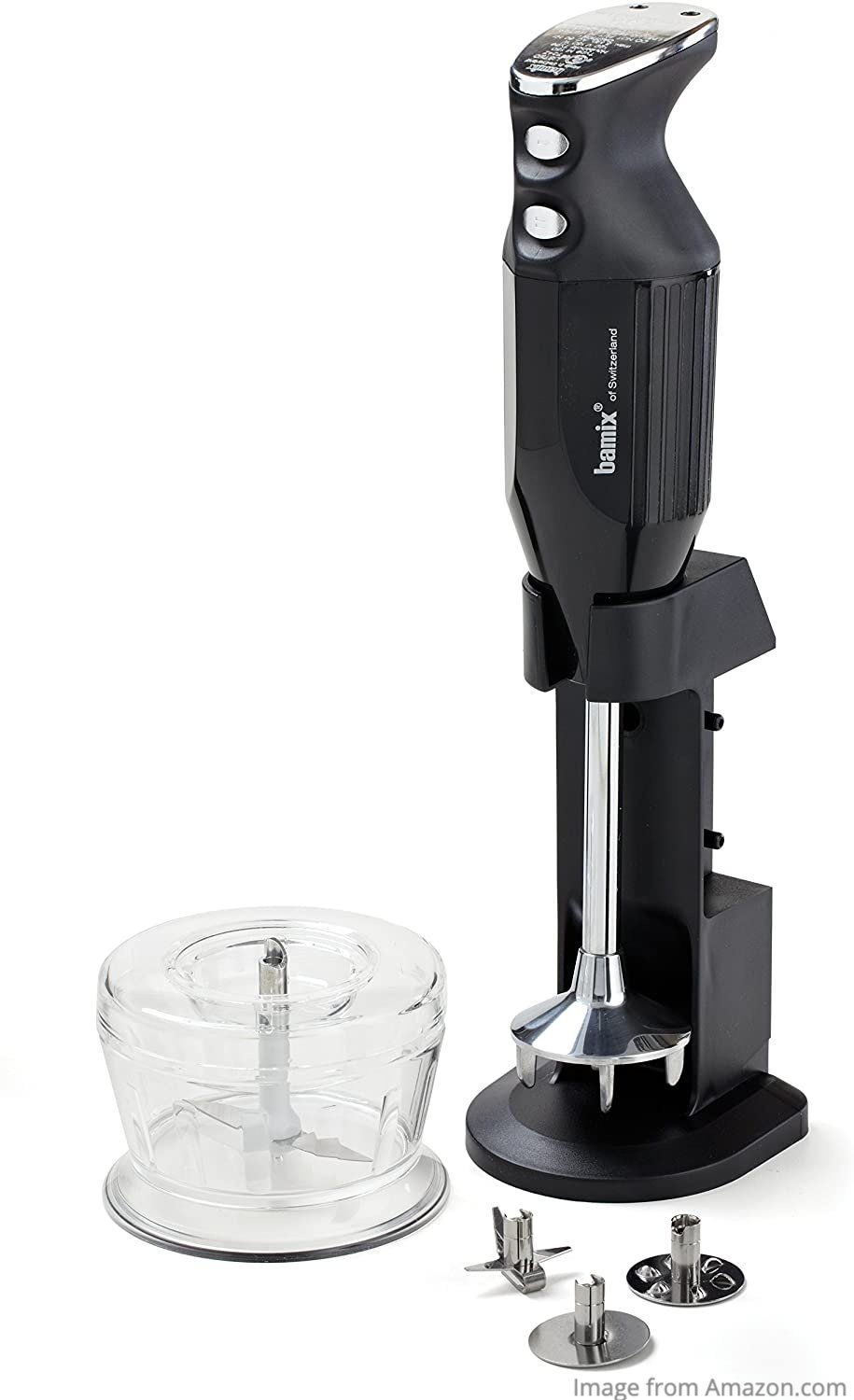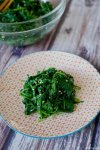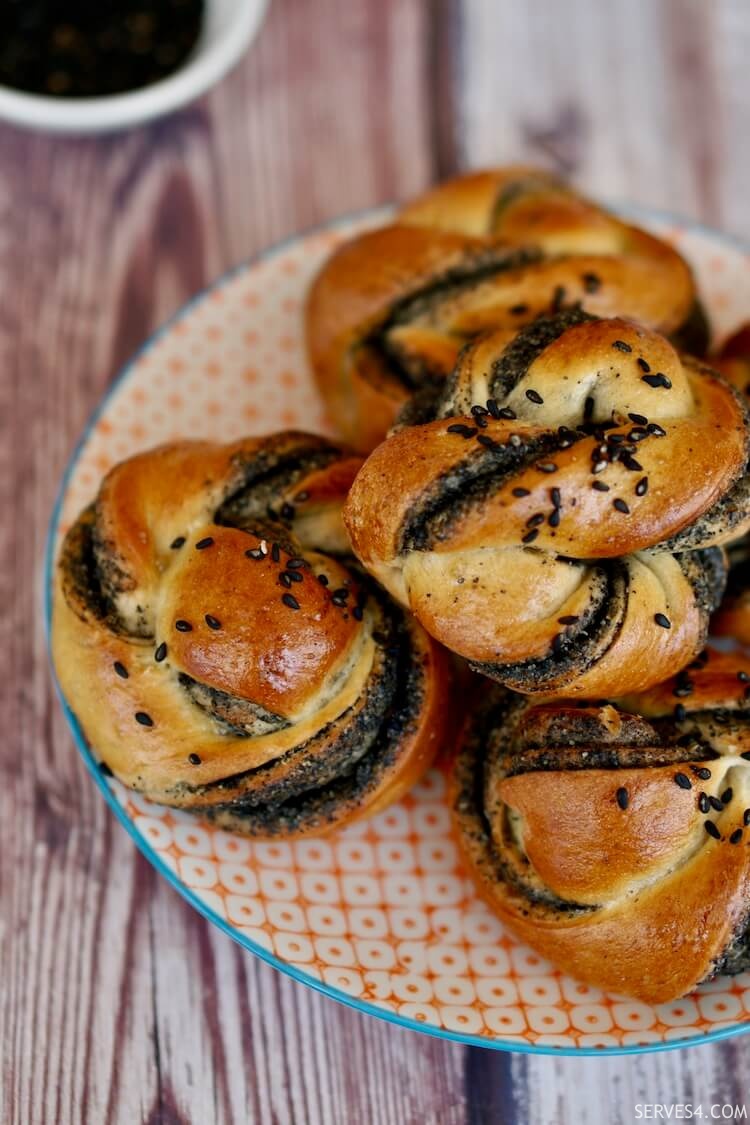- Serves 4
- Preparation
How to Make Baby Food
This page may contain affiliate links, which means we receive a small commission for purchases made using the links. There is no additional cost to you. Please read our full disclosure policy.
Are you a new mother wondering how to make baby food?
Then let me share with you a few tips I’ve picked up along the way.
Much about making baby food is in the preparation. As a busy mother, if you focus your energy on the preparation stage, the actual cooking stage will follow on smoothly.
Below are a few key considerations to set you on your way.
Step 1: Use the Best Ingredients
Giving your little one the best start in life begins literally with the food you put into his mouth. If you want to know how to make baby food that tastes good, first start by buying the freshest ingredients possible.
When food shopping, not only should you buy the best produce that you can afford, but it is also especially important to make sure that dairy, fish and meats are purchased very fresh, particularly for small babies.
Animal and dairy products are prone to bacteria growth, which can make your baby sick. So use these items immediately after you buy them – or store in a cool place for later – and always use by the ‘use by’ date.
Fresh produce retains maximum nutritional value. If they are left to sit around for days before being cooked, the vitamins may begin to degrade, thereby causing them to be nutritionally less valuable. Always try to use fresh food within a couple of days of buying it.
Frozen vegetables can be a great alternative to fresh ones. Not only are they convenient, but because they are frozen at their peak of ripeness, all of the nutrients and vitamins are locked in, which is more than can be said for the head of broccoli that has been left to wilt at the back of your fridge for days… ;-)
I personally prefer to do my food shopping the conventional way, by going to the supermarket and physically choosing the items I want. This is especially true when I’m buying fresh and refrigerated items, as I can make sure to select unblemished goods well within their ‘use-by’ dates.
If you don’t have the luxury of time to spare, fortunately there are many online grocery delivery services to choose from. It is now possible to do your entire grocery shop online, without ever needing to step a foot inside the shop!
If you can manage it periodically, try to at least buy fresh produce, meat, fish and dairy directly from the shop (or have your partner or a friend help you out). Continue to order your dry goods online, and this will also serve to reduce the size of your physical shop in store.
Step 2: Go Organic
How to make baby food that is also healthy? Go organic where possible.
Food shopping these days can be overwhelming business, as we are bombarded by a seemingly infinite number of choices. Perhaps the biggest choice facing us in supermarket aisles today is whether or not to buy organic.
There is an ongoing health debate about the merits of eating organically farmed versus conventionally farmed food. Even if parents don’t choose to eat organic themselves, many will opt to cook organic food for their babies. Commercial food companies have clearly caught onto this, as the range of organic baby food on supermarket shelves has literally exploded in recent years!
So… what should you do?
The choice is entirely yours, and it will depend on your food budget, as well. If news reports are to be believed, organically farmed food is healthier for us. And if adults are being told to eat organic, then shouldn’t our babies be eating organic, as well?
But the reality is, life is about compromises. And unless you farm your own food (probably not, if you’re reading this!), it will be very difficult, if not impossible, to eat 100% organic. At a minimum, my personal recommendation would be to focus on organic dairy products and organic or grass-fed animal products, for your baby.
Luckily for us, there are now many organic fruit and vegetable delivery companies who will deliver produce (and even meat) directly to your door. This can be helpful if you’re short on food shopping time, but it also gives you a chance to enjoy a variety of fruits and vegetables that your local supermarket may not stock.
If you find it difficult to access organic foods, it is still healthier to eat conventionally farmed whole foods, than to not eat them at all. After all, our mothers certainly did not learn how to make baby food using organic ingredients!
Step 3: Get the Right Equipment
When learning how to make baby food, the equipment you use can make a world of difference. Investing in the right equipment can save you much valuable time, which in turn will transform baby food making into an enjoyable experience.
Based on my own experience, here are a few key essentials I would recommend:
2-3 chopping boards
When cooking for your baby, it is very important that you practice good hygiene. This includes avoiding cross-contamination between foods, especially when handling raw meat, poultry or fish.
You should keep a couple of chopping boards around the kitchen, and designate one specifically for use when cutting meat, poultry or fish (whether raw or pre-cooked) that will be cooked later. Always wash well with hot soapy water after each use, and allow it to dry completely before storing away.
Use another board for chopping your washed vegetables and/or fruit. I personally like to keep a third board handy for cutting fruit only. I find that if I cut fruit on the same board that I use for onions, the fruit becomes tainted with a slight onion flavour – not exactly what you want!
Handheld immersion blender
The handheld immersion blender – sometimes called a stick blender or soup maker – is probably my most valuable kitchen tool! When I first learned how to make baby food, the handheld blender was my most trusted companion. Compared with a traditional blender, the handheld blender is quicker to use, wastes very little, and is easier to handle and wash.
With a traditional blender or food processor, you need to first let the food cool sufficiently in the pot after cooking, then pour it into the blender jug, cover, blend and serve. With a handheld blender, once the food is done cooking, you just stick the blender wand into the pot, turn on, and voila – you have baby food that is ready to serve (first make sure it is sufficiently cool for baby).
Of course, if you already have a traditional blender or food processor that you use in your kitchen, then no need to invest in a new piece of equipment. But (in my humble opinion) the handheld immersion blender is transformational and does save you so much precious time… a lifesaver when learning how to make baby food.
Baby food maker
Learning how to make baby food just became a whole lot easier with the wonderful modern invention that is the baby food maker. Quite simply, it is a small (2-3 servings) blender that can also cook food using a steam function – ideal for use during the very early stages of weaning when making single fruit and vegetable purees.
You can also make combination purees using the baby food maker, and it’s very useful for cooking a single serving of baby’s food from fresh. However, I found most of its value to be in the handy little steam function, and also in its portability.
I tend to use the baby food maker to steam baby’s vegetables, as the built-in timer function means you just switch it on and leave it, freeing you up to do something else. Steaming vegetables is also a great way to cook them, as there is no added oil or other fat content, and a minimal amount of nutrients is lost in the cooking water compared with boiling vegetables.
The portability of the baby food maker means you can also take it on the go. I used to bring it along to make my own purees when visiting family or staying in self-catering holiday accommodation (it still helps to have a kitchen).
Handy, helpful and healthy – the baby food maker is a great little piece of machinery and will be a trusted friend as you learn how to make baby food!
The Wrap
As you become more practiced at how to make baby food, you will no doubt come up with a few neat tips and tricks of your own. Every mother develops her own style, but I hope these tips have helped to guide you in the right direction. ☺
What's on your mind?
Let us know any thoughts, comments or questions by getting in touch here.
Back to the Top!







